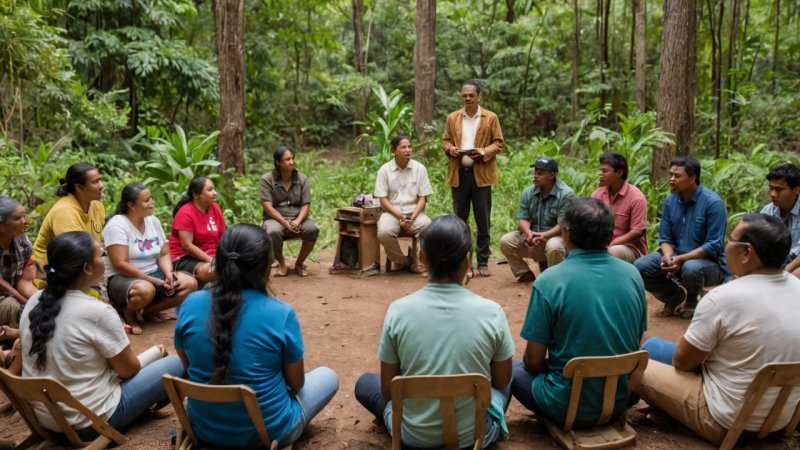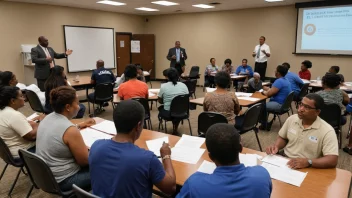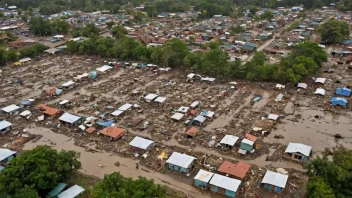Introduction
In this article, you will learn about the profound effects of climate change on indigenous communities worldwide. We will explore how these changes threaten their rights and cultural heritage, as well as provide a step-by-step guide on how you can advocate for indigenous rights and support their fight against climate change.
Step 1: Educate Yourself on Indigenous Issues
The first step in advocating for indigenous rights is to educate yourself about their cultures, histories, and the specific challenges they face due to climate change. Here’s how to get started:
- Read Books and Articles: Look for literature written by indigenous authors or experts in the field.
- Follow Indigenous Voices: Listen to podcasts or watch documentaries that highlight indigenous perspectives on climate change.
- Attend Workshops and Webinars: Join educational sessions focused on indigenous rights and climate justice.
Step 2: Understand the Legal Framework
Familiarizing yourself with the legal frameworks that protect indigenous rights is crucial. This knowledge will empower you to advocate effectively:
- Research International Laws: Learn about the United Nations Declaration on the Rights of Indigenous Peoples (UNDRIP).
- Study National Policies: Investigate how your country’s laws and policies affect indigenous communities.
- Identify Local Regulations: Understand local governance and how it impacts indigenous lands and rights.
Step 3: Connect with Indigenous Organizations
Building relationships with indigenous organizations can enhance your advocacy efforts:
- Find Local Groups: Look for indigenous rights organizations in your area.
- Participate in Their Events: Attend community gatherings, meetings, or protests to show your support.
- Volunteer Your Time: Offer your skills or time to assist their initiatives.
Step 4: Advocate for Policy Change
Advocacy is key to creating lasting change. Here’s how you can get involved:
- Contact Your Representatives: Write letters or emails to local and national leaders urging them to support indigenous rights.
- Organize Community Campaigns: Rally your community to raise awareness about the impact of climate change on indigenous cultures.
- Utilize Social Media: Use platforms like Twitter, Facebook, and Instagram to amplify indigenous voices and share important messages.
Step 5: Support Indigenous-Led Initiatives
Supporting projects led by indigenous peoples can help empower their communities:
- Donate Your Skills: Offer professional services, such as legal advice or marketing help, to indigenous-led organizations.
- Participate in Indigenous-Led Conservation Efforts: Join efforts that aim to protect sacred lands and natural resources.
- Promote Indigenous Art and Culture: Support local artists and cultural initiatives that celebrate indigenous heritage.
Step 6: Stay Informed and Engaged
Continuing your education and engagement is vital in the fight for indigenous rights:
- Subscribe to Newsletters: Keep up with indigenous rights organizations to receive updates on their work.
- Engage in Ongoing Learning: Attend conferences or take courses focused on indigenous issues and climate change.
- Network with Allies: Build connections with other advocates to share resources and strategies.
Conclusion
In summary, advocating for indigenous rights in the context of climate change requires education, connection, and active engagement. By understanding the challenges faced by indigenous communities, connecting with organizations, advocating for policy change, and supporting indigenous-led initiatives, you can play a vital role in protecting their rights and cultures. Remember, your voice matters, and by taking these steps, you contribute to a larger movement for justice and equality.






